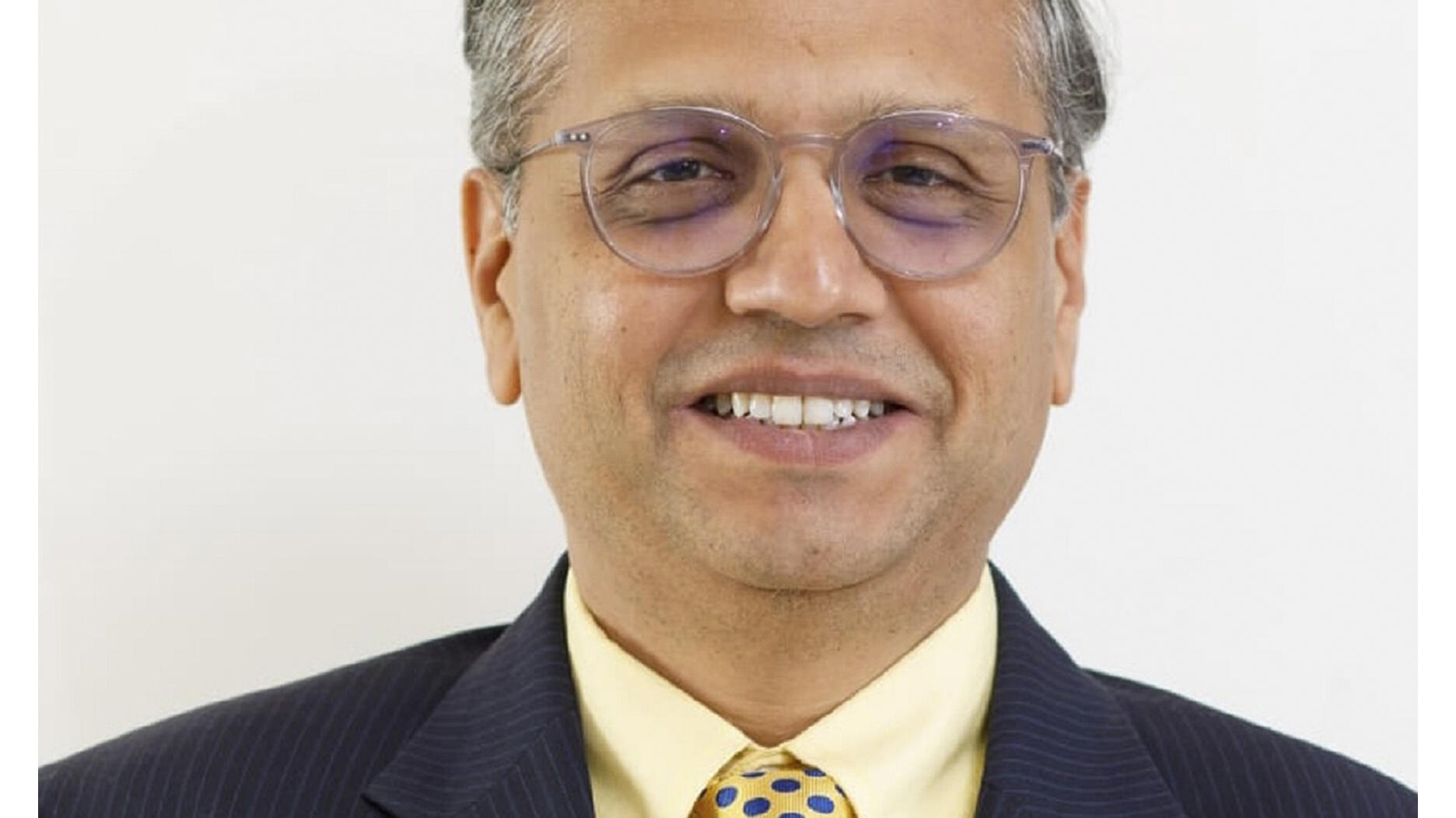Q&A: Jayen Shah, Founder of Mavuca Capital Advisors

Jayen Shah, CFA and founder of Mavuca, started his professional career in 1995 with Kotak Mahindra Group. He has held various leadership positions at ABN AMRO, Rabobank, The Royal Bank of Scotland PLC (Singapore branch) and Standard Chartered Bank. He joined IDFC bank in 2011. Under his stewardship, IDFC was named Best Bond House–India, 2015 by IFR-Asia.
"Mumbai—A tech-enabled investment banking firm, Mavuca specializes in both debt and equity funding.
Over its short history, Mavuca has successfully executed 19 fundraising transactions, grossing more than INR 70 billion (more than $850,000) for marquee clients including L&T Group, KKR’s Virescent Renewable InvIT, JSW Steel, Welspun Enterprises and Shapoorji Group, among others.
National Jeweler recently caught up with the firm’s founder, Jayen Shah, via email to seek his views on the lab-grown diamond industry.
Here’s what he had to say.
National Jeweler: Why is the lab-grown diamond industry considered a sunrise industry?
Jayen Shah: Millennials and Gen Zers constitute probably the biggest growing demographically similar consumer segment.
Their consciousness toward environment, ethics and cost has triggered quickest acceptance and adoption of lab-grown diamonds.
On the other hand, lab-grown diamond technology has been around for more than 60 years. However, it is only recently that advancements in technology have made high quality, affordable lab-grown diamonds a reality.
On the cost front, experts opine that lab-grown diamonds are [significantly less expensive than] mined diamonds. Early adoption of lab-grown diamonds has been witnessed in the United States and Western Europe.
NJ: What is the market size of lab-grown diamonds globally and in India?
JS: Various estimates suggest that in 2021,lab-grown diamond sales have surpassed $6 billion and out of this, India’s contribution was $1.3 billion.
The market size of lab-grown diamond jewelry in 2019 was a meager 2 percent of [total] diamond jewelry [sales], which is expected to be up 8 percent [year-over-year] in 2022.
Some credible analysts project lab-grown diamonds to be a significant 25 percent of the diamond [market] in five years. Growth percentages are stupendous.
Besides jewelry, 5G networks, computer chips, and satellites use these materials. Thus lab-grown diamonds’ growth is likely to experience significant demand surge due to its multiple uses.
NJ: What are the advantages to Indian manufacturers?
JS: Realizing the immense potential of lab-grown diamonds, the Indian government, after the successful rollout of PLI (production linked incentives) schemes for 14 sectors, is now in discussions for introduction of similar incentives for lab-grown diamond manufacturing along with two more sectors, bicycles and toys.
The extant PLI schemes have a proposed outlay of INR equivalent of $24 billion and aim to create 6 million jobs in the next five years. The launch of the PLI scheme is further likely to boost lab-grown diamond manufacturing in India.
Further, the RBI notification from July 2022 on International Trade Settlement in Indian rupees is [designed] to boost international trade for India. The lab-grown diamond sector may reap the benefits of relatively stable exchange rates for its capital goods imports.
For exporters, export-import trade being settled in INR will even out the uncertainties of forex fluctuations and enhance the operational convenience.
NJ: What financial constraints do Indian manufacturers face in terms of capacity expansion?
JS: The Achilles’ heels for any sunrise industry are some of the usual “teething” problems, such as:
* Time taken for technology stabilization, product adoption and quality framework;
* Volatility in product pricing;
* Limited or non-availability of “seconds” market;
* Fragmentation of market players;
* Higher financial risk-reward; and
* Perception of enhanced credit risk.
Some of the Indian banking and financial institutional lenders have taken initial steps to analyze and model these risks. These lenders, with suitable mitigating factors and “margin-of-safety” have lent funds toward setting up lab-grown diamond manufacturing facilities.
NJ: What are the highlights of these financing initiatives?
JS: Taking a step back, components of lab-grown diamond manufacturing facilities include: land, building, machinery, technology, back-up power facilities, supporting infrastructure, etc.
Plus, a steady energy supply is an absolute must for any lab-grown diamond manufacturing facility.
Another differentiating factor is the type of technology used to grow diamonds in the laboratory. It could either be the high-pressure, high-temperature (HPHT) process or chemical vapor deposition (CVD).
The cost of machinery to set up a manufacturing unit is significantly higher for HPHT as compared with CVD. Users of both technologies strongly advocate respective project viability, pay-back period, and ROIs.
Several early movers have been the public sector banks, like the State Bank of India (SBI). SBI has already shown interest in financing such brownfield/greenfield projects.
Some of the financing highlights are as follows.
* Financing format: term loan
* Tenure: up to seven years
* Amount of loan: up to 70 percent of the project cost. However, many lenders require cost of land purchase to be funded from promoters’ equity.
* Loan repayment with principal repayment moratorium for 12-18 months and, thereafter, principal repayments customized to projected cash flow generation.
* Financial covenants linked to operating parameters, such as debt/EBIDTA and/or debt service coverage ratio (DSCR)
* Security: first charge of land, plant and machinery
* Ratings: lenders prefer to have investment grade rating from SEBI-registered rating agencies.
Lenders will require a quality technical-economic viability (TEV) study with detailed project report (DPR).
Lenders will weigh on other qualitative factors, including management strength, technical expertise, technology type, equipment manufacturers, etc. Every financing case may have its specific transactional customization.
NJ: What about working capital financing?
JS: Some of the major operating costs of a lab-grown diamond manufacturing facility are electricity, scientists, skilled technicians, machinery maintenance, seeds and ... "
https://www.nationaljeweler.com/article ... l-advisors